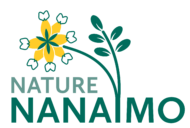Nature Nugget – Nov. 30, 2017
A tale of two artists
By Michael Stebbings
- Why should we be interested in Nanaimo’s Street Banners ?
The design by Patrick Belanger, a Nanaimo artist, was selected to depict a portion of Nanaimo’s heritage, emblazoned with a Maple leaf & 150 over all.
- An 1800’s coal miner and the Morden mine tipple
- Some chinook salmon, although Chum and Coho have been both more prevalent in the Nanaimo River (and even in the new Millstone side channel)
- A dragon representing the Dragon-boat Festival, initiated in 2003 to help finance imaging equipment for the early diagnosis and treatment of breast cancer
- A violinist illustrating the city’s vibrant cultural scene
- And last but not least –
in the bottom left corner, what’s this? a Lotus Pinnatus
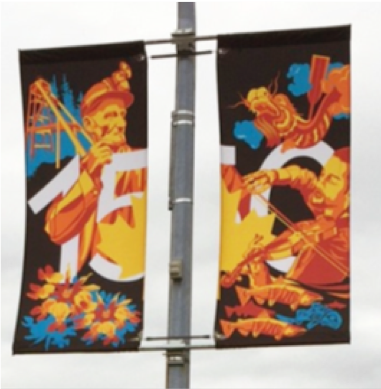
- What is that? Why is it on our banners?
In 2010 Lotus Pinnatus was adopted by City Council as Nanaimo’s floral emblem. This was to raise public awareness about its conservation status.
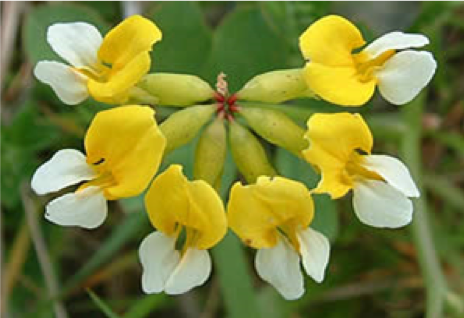
This was precipitated through the efforts of local environmentalist Charles Thirkill and others.
The Government of Canada’s Committee on the Status of Endangered Wildlife (COSEWIC) reported as recently as 2003 there are now only five known sites for this rare flower in Canada – all near Nanaimo. Three of these sites are on Harewood Plains, one on Gabriola Island and one on Woodley Range near Ladysmith. There are just over 1800 plants in Canada in total, but 1500 of them are in Nanaimo on Harewood Plains. Although the plant is red-listed in BC, it is not in danger globally.
Bog bird’s-foot trefoil grows in open, seasonally wet meadows, along the margins of creeks, or in seepages where underground water comes to the surface. The species appears to require contact with cool, seeping water during the growing and blooming period. It grows in sites with shallow (< 15 cm) soils, over gently sloping sandstone or conglomerate bedrock.
- Now we have a road called Lotus Pinnatus Way, and Lotus Pinnatus Park.
Where is it?

Nobody lives on that road – but they will one day.
There is nothing to designate that a park exists, although there was once.
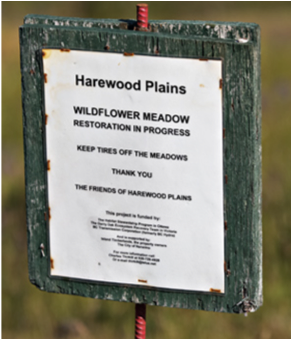
There are plans for the park’s improvement in the long run, but nothing currently.
Apart from some effort to subdue invasive species picture of pesticide permit, there’s no active restriction of the invasive ATMs which are destroying this delicate environment.`
- What else can I tell you?
The plant was originally named by Sir William Hooker, FRS, (1785 – 1865) an English systematic botanist. Born in Norwich, and lived in Halesworth, Suffolk, he rose to the post of Regius Professor of Botany at Glasgow University, and then became the first Director of the Royal Botanical Gardens, Kew. He wrote many scientific works, including Flora Boreali-Americana (2 vols. 1840), being the botany of British North America with specimens collected in one of Franklin’s early voyages.
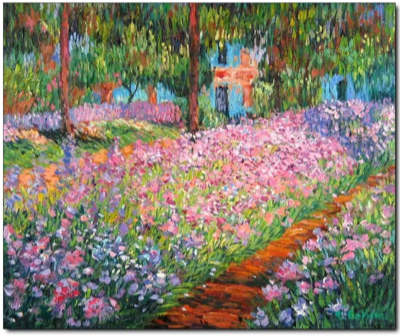
Conservation and recovery is now largely in the hands of the Gary Oak Ecosystems Recovery Team.
More information about Lotus pinnatus from The City of Nanaimo and on Dave Ingram’s Island Nature Blog.
